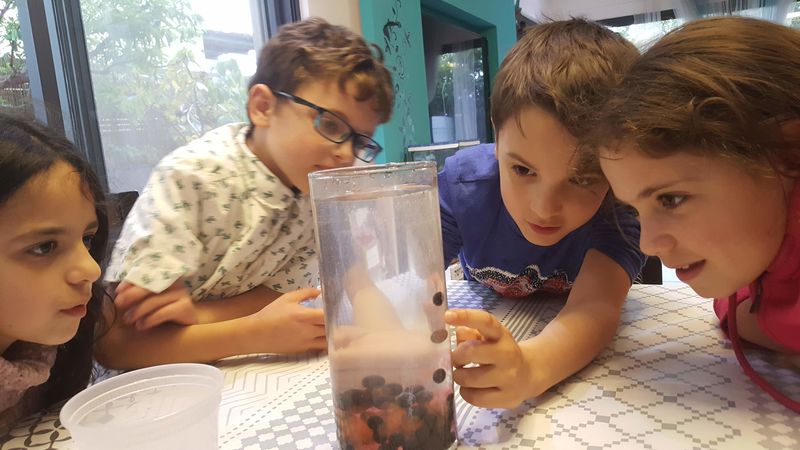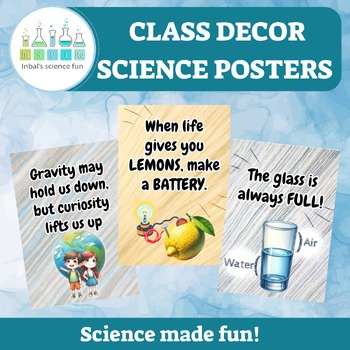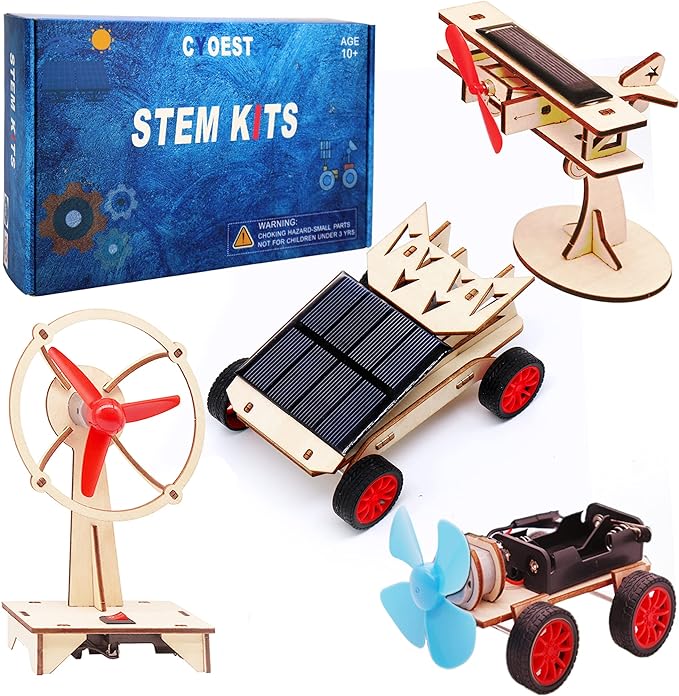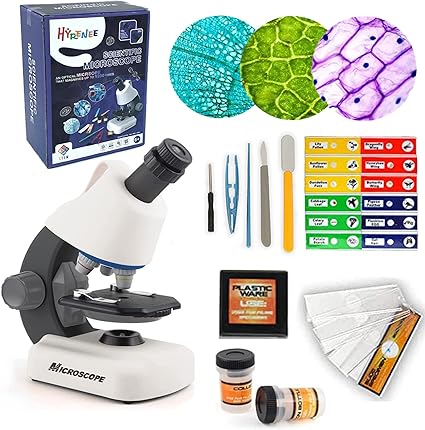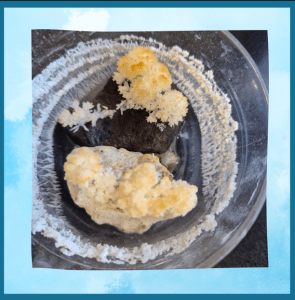A cloud in a bottle
Ever wondered how clouds form in the sky? You can recreate this magical process right in your own home with the classic “cloud in a bottle” science experiment. It’s an easy and fun way to form a miniature cloud inside an ordinary plastic bottle.
Doing this project engages students in hands-on science learning about fundamental concepts like phase changes and the water cycle. They’ll be fascinated to witness a cloud billowing inside a bottle as water vapor becomes tiny liquid droplets suspended in air, just like in real clouds.
This experiment only requires some simple materials you probably have at home already – water, matches, and a plastic bottle. I’ll explain the science behind how it works and offer tips for successfully performing the experiment. Your students will have a blast playing weather scientist and creating their own miniature cloud environment.
Materials:
- One and a half liter transparent plastic bottle
- Suitable sports cap
- A little warm water
- matches
What to do?
- Fill a bit of water in the bottle and close the cap
- Open the sports cap.
- Press the bottle to empty some of the air.
- Light a match and put it out near the bottle opening.
- Leave the bottle so that some of the smoke gets into the bottle
- Close the cap tightly.
- Press the bottle. and let go.
- Press hard again and release.
- Keep pressing and releasing several times until you see the cloud appear in the bottle.
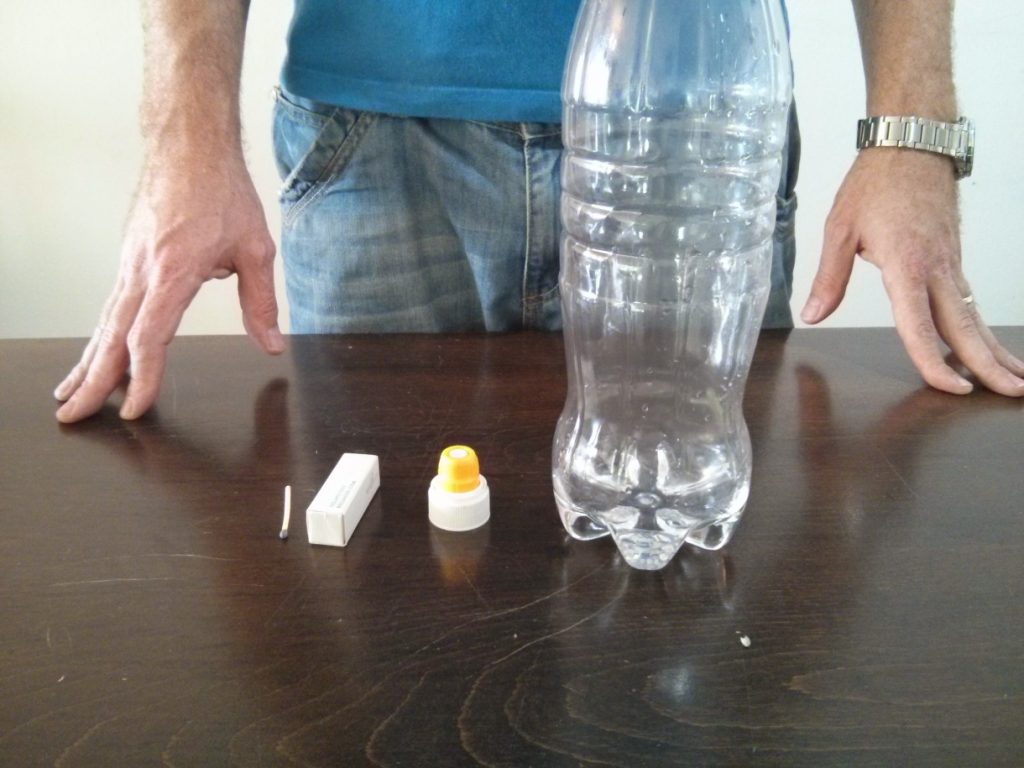
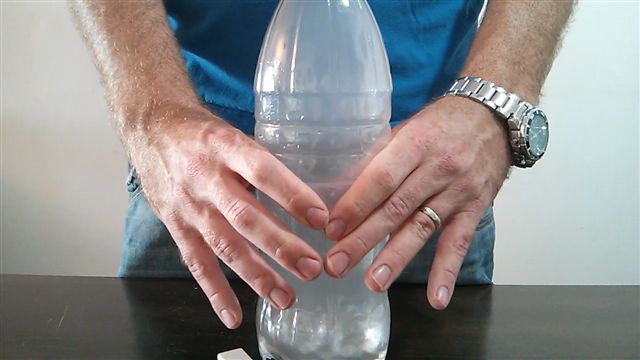
How does this happen?
A cloud is made up of many tiny droplets of water. To form a cloud, three components are needed:
- Water
- Particles upon which the water droplets can form and accumulate
- Changes in pressure and temperature.
How are real clouds formed?
Water vapor exists in the air around us and is invisible. As water vapor rises, the temperature drops and the water vapor wants to return to its liquid state. It does this more easily when there are particles (like dust in the air) that the vapor can accumulate on. This is how tiny droplets of water are formed that can be seen – and these make up the cloud.
In our bottle, the warm water fills the bottle with water vapor, and the smoke from the match acts like the dust. When we squeeze the bottle, we increase the pressure and the temperature rises inside (ideal gas law), creating more water vapor. When we release the pressure, the temperature drops and the water vapor wants to condense back into liquid water. It does this by collecting on the smoke particles floating in the bottle, forming a little cloud.
Looking for more Winter experiments? <<Check out more ideas>>
We’d love to showcase your creativity!
Share pictures of your experiments with us, and together, we can inspire young scientists everywhere!
